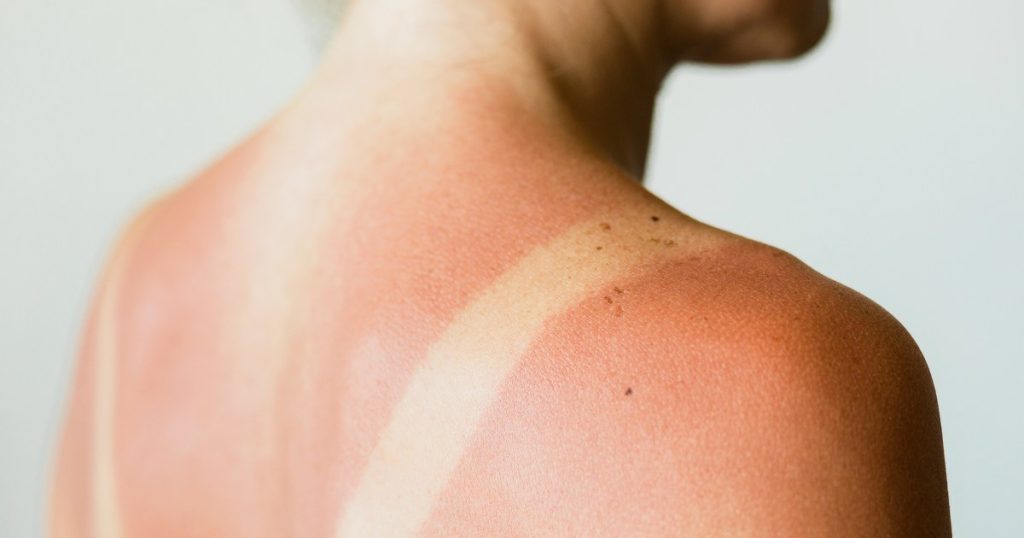During the sunny summer weather, various skin rashes can develop, including heat rash, sunburn, and sun poisoning. While these conditions are related to heat and sun exposure, they are distinct from each other. Heat rash occurs when sweat ducts are blocked, leading to inflamed sweat glands and clogged pores. It commonly appears in babies along the diaper line and in adults during intense sweating. Heat rash usually resolves on its own within a day or two with proper cooling and exfoliation. However, if the rash becomes itchy, medical attention may be necessary to prevent long-term scarring or staining of the skin.
On the other hand, sun poisoning is a severe reaction to excessive UV exposure, skin damage, and body heat resulting in flu-like symptoms such as fever, chills, nausea, headache, and altered mental state. While sun poisoning often manifests with a serious sunburn, it can also occur without causing any skin issues. Immediate treatment for sun poisoning involves getting out of the sun, staying cool, and seeking medical attention if systemic symptoms develop. Another condition commonly confused with sun poisoning is polymorphous light eruption, an allergic reaction to sun exposure leading to an itchy red rash, primarily on the forearms, chest, and neck. Over-the-counter creams and antihistamines can provide relief, but it’s advisable to consult a dermatologist for proper diagnosis and treatment.
In addition to heat and sun-related rashes, summer can also bring about reactions from bugs and plants such as poison ivy rash, insect bites, and Lyme disease. These rashes may present with itching, blistering, or distinctive marks, requiring different forms of treatment depending on the causative agent. While most summer skin rashes can be managed at home with over-the-counter products, there are instances where medical attention is necessary. If a rash worsens despite at-home treatment, is accompanied by systemic symptoms, affects those with suppressed immune systems, or is intensely painful and severe, it’s essential to seek medical advice promptly to prevent complications.
Overall, understanding the differences between heat rash, sun poisoning, and other common summer rashes is crucial for proper management and prevention of long-term skin issues. Practicing sun safety, proper cooling techniques, and seeking medical attention when needed can help individuals enjoy the sunny summer weather without the worry of skin problems. Whether it’s treating a simple heat rash with exfoliation or addressing a severe case of sun poisoning, staying informed and proactive is key to maintaining healthy skin during the summer season.


